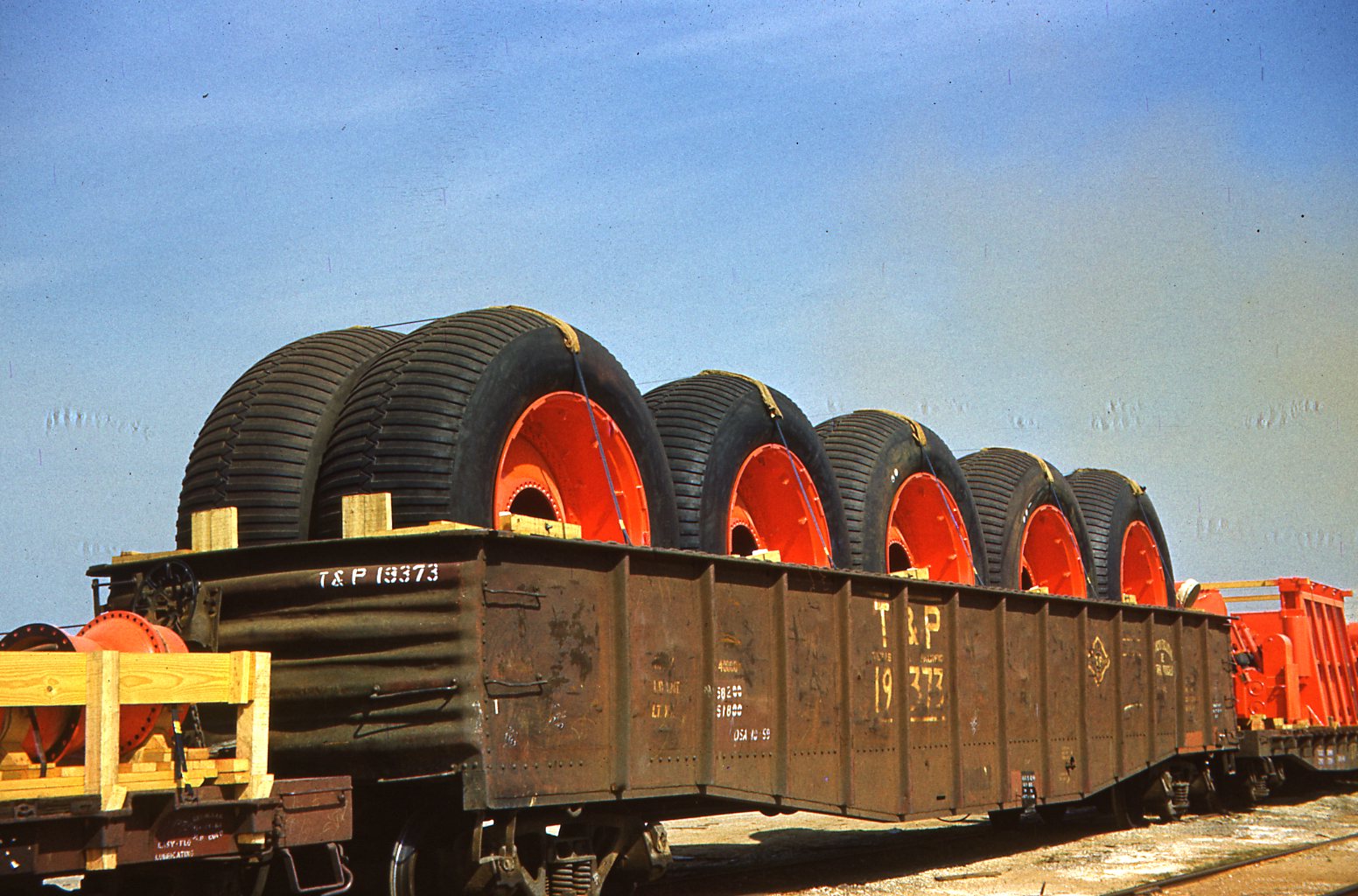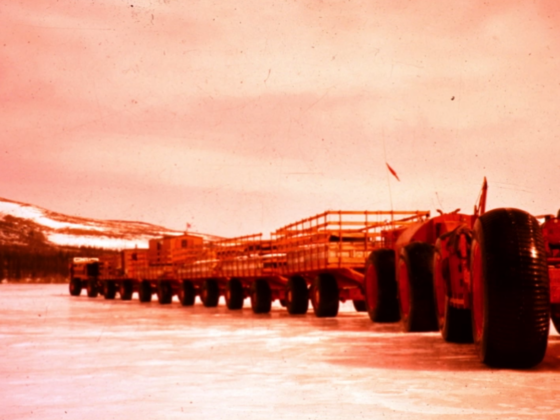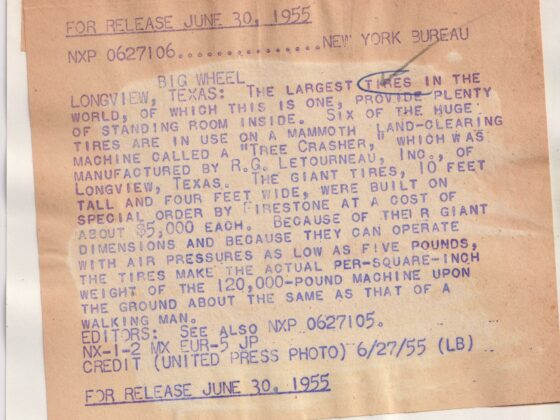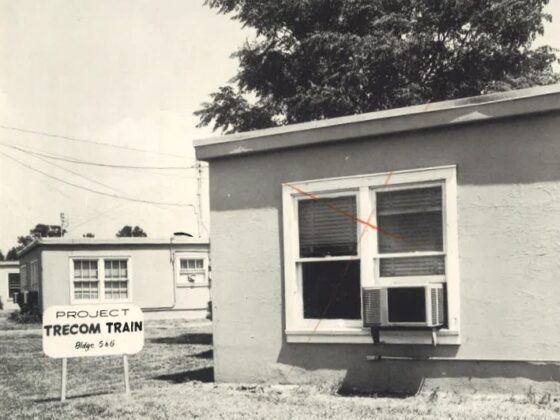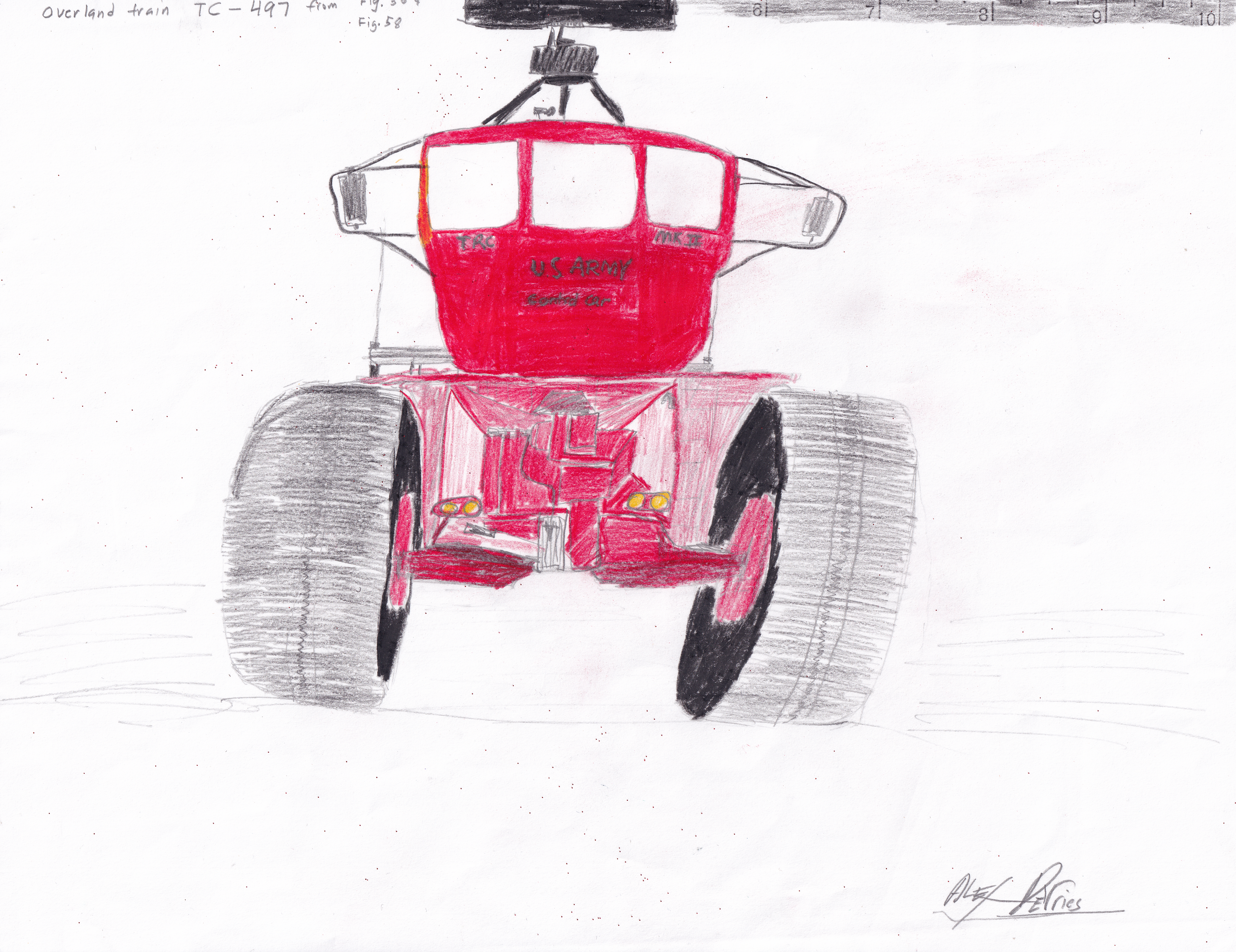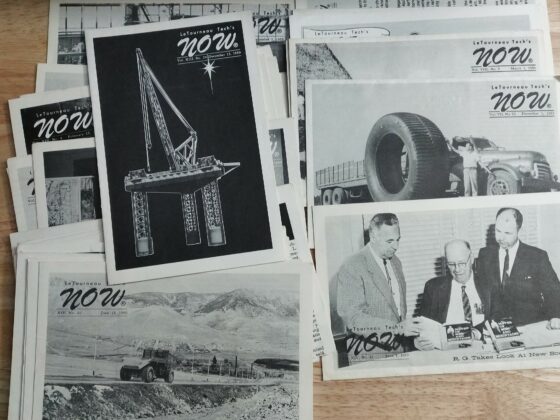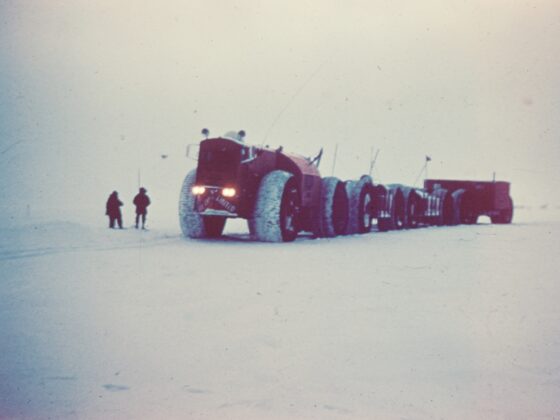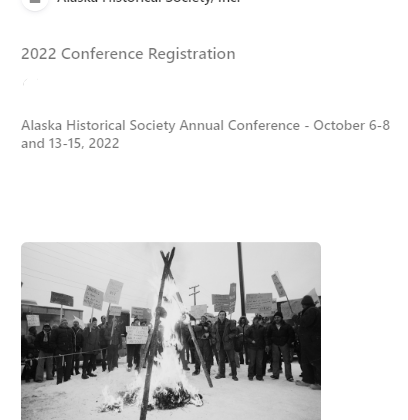Camp Century, Greenland was an American Cold War era under-ice base designed for research and development. It hosted the first nuclear reactor used for energy production and part of the Army Nuclear Power Program. There have been numerous articles and papers about electrical production. However, let’s talk water.
Greenland is largely made up of ice – glaciers to be more specific. When the United States began populating Camp Century, they had to come up with a way to provide for drinking water and sanitation needs. Their solution was a subsurface water well called the Rodriguez Well.
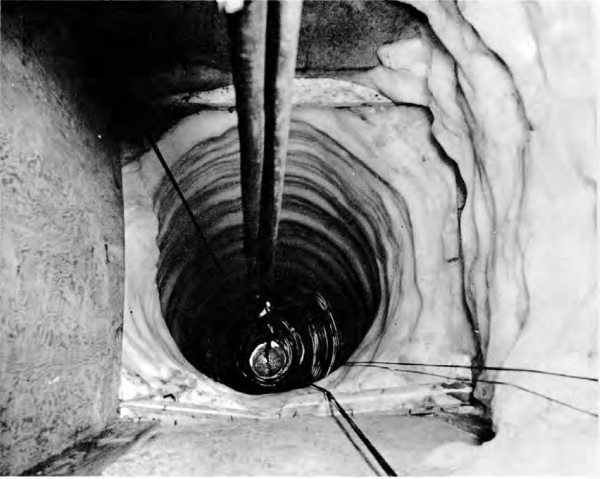
The 500 feet deep well was installed at Camp Century during the summer of 1960. The primary well components were a diesel-fired steam generator capable of producing 165 psi of saturated steam, a melting-drill bit assembly for melting a well shaft into the ice; a melting-pump, and a pump for moving the melted water to the surface. Engineers also used a gasoline engine-powered cable winch for raising and lowering the bit assemblies. Once water was melted by the steam and pumped up the well shaft, it was stored in a 5000-gallon insulated and heated water storage tank.
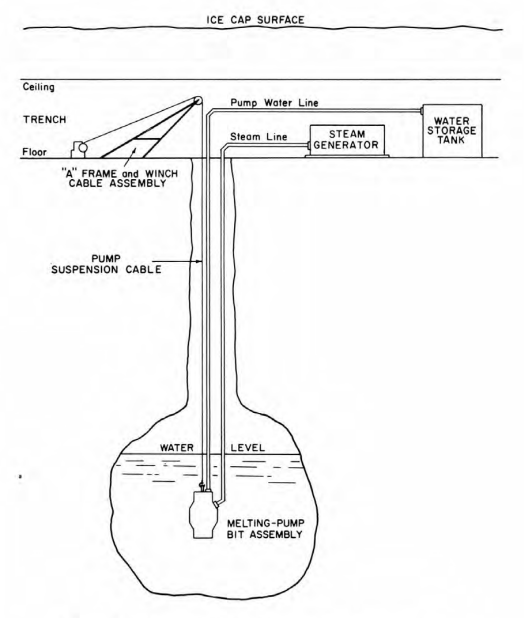
The water that the Camp consumed was suitable for drinking without the need for filtration or chemical sanitization. A report of the water quality cited that it was better than “water obtained by triple distillation in glass.”
Source: CRREL Technical Report 174, Camp Century Evolution of Concept and History of Design Construction and Performance, Clark, Elmer F., October 1965
